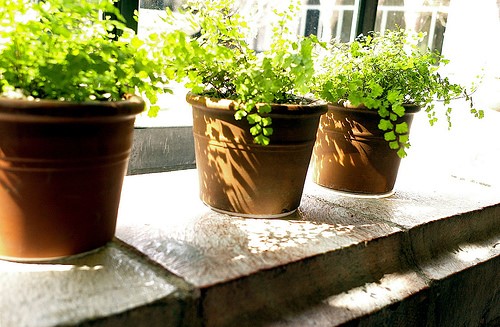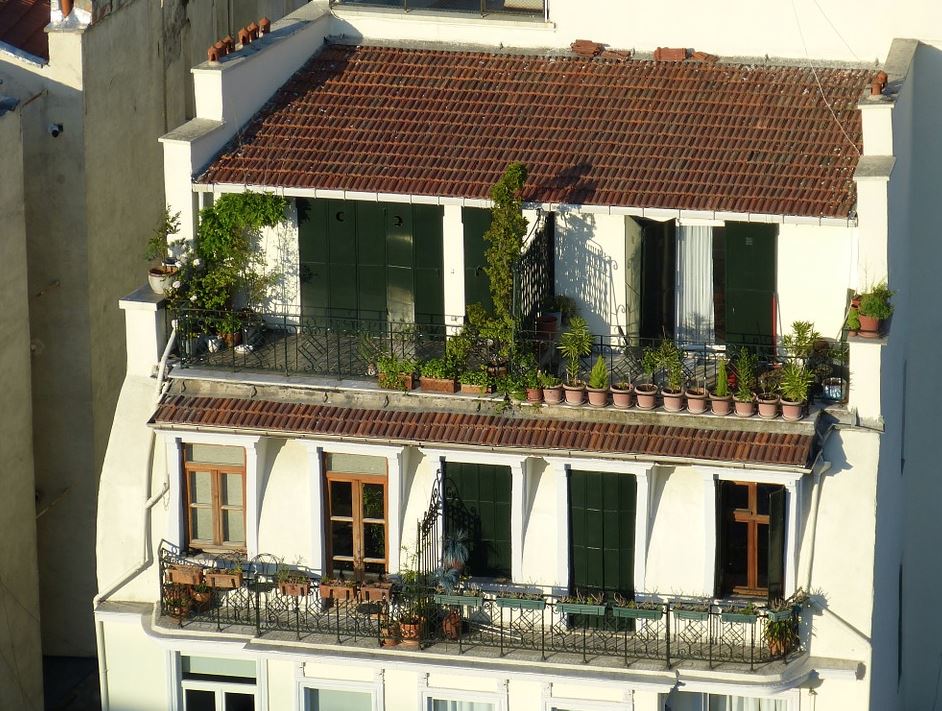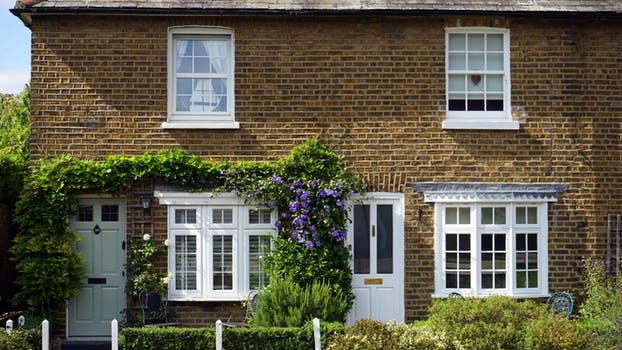Having a beautiful garden is the dream of many people. However, if you live in a studio apartment or even a smallish townhouse, you might feel like that dream will go forever unfilled. Fortunately, with windowsill gardening, this doesn’t have to be true. By using the right plants, the right containers and the right growing conditions, you can have the beautiful garden you’ve always dreamed of.
Your First Decision: What Type of Garden?

Image via Flickr by CollegeDegrees360
When it comes to gardens, there are two basic kinds; ornamental and edible. Which one you choose depends on what kind of plan you have for it.
Ornamental Gardens
Ornamental gardens can be both beautiful and functional. They act as indoor air fresheners and can be used for bouquets, sachets and just to brighten up a room.
Though cacti are considered the easiest to grow, you don’t have to limit yourself to cacti. Other beautiful non-cacti based plants that can grow indoors include bamboo, African violets, Hoya, Gardenia, Swedish Ivy, Purple Passion Plant and Coleus.
Edible Gardens
There are actually two types of edible gardens; herb gardens and food gardens. Though space for both is limited, fresh herbs or vegetables are great things to use in recipes or even freeze for later. Windowsill herb gardens include plants such as bay leaves, basil, parsley, oregano, rosemary, mint, tarragon, chives and thyme.
Food gardens can also be grown on a windowsill. These gardens most often include plants that do well with partial shade and small spaces. Some of these types of plants are radishes, cherry tomatoes, hot peppers, bell peppers, spinach, onions and carrots.
Your Second Decision: Setting Up Your Garden
Once you’ve decided which plants you’re going to grow, it’s time to set up your garden. You can either use several small containers or one large window box. Whichever type of container you choose, make sure it has drainage holes in the bottom. Many commercial plant boxes and pots will have these drainage holes already, while homemade containers made from plastic tubs will need these drainage holes added.
For an indoor garden, it’s best to use soilless potting mix as opposed to actual outdoor soil. This will keep your plants healthier and eliminate the possibility of bugs. Fill the containers with 2–3 inches of slightly damp mix and your plants are ready for planting.
Indoor plants need fertilizer. There are specialty fertilizers for both potted plants as well as edible plants. Additionally, since there are no bees to pollinate your plants, you’ll need to do it yourself by using a small soft paintbrush.
Your Third Decision: Window Shades for Your Garden?

Image via Flickr by DieselDemon
Window shades protect your privacy and your furniture. However, they seem at odds with a windowsill garden, which needs sun. Solar and roller shades are the perfect solution. With their sleek profile and ability to stop anywhere along the window, you’ll have the benefit of shades without disturbing your plants.
There’s no need to let the fact you have limited space ruin your dreams of a beautiful garden. Not only can you grow beautiful flowers and plants indoors, you can also grow herbs and food indoors as well. Best of all, you can do it without too much effort.









